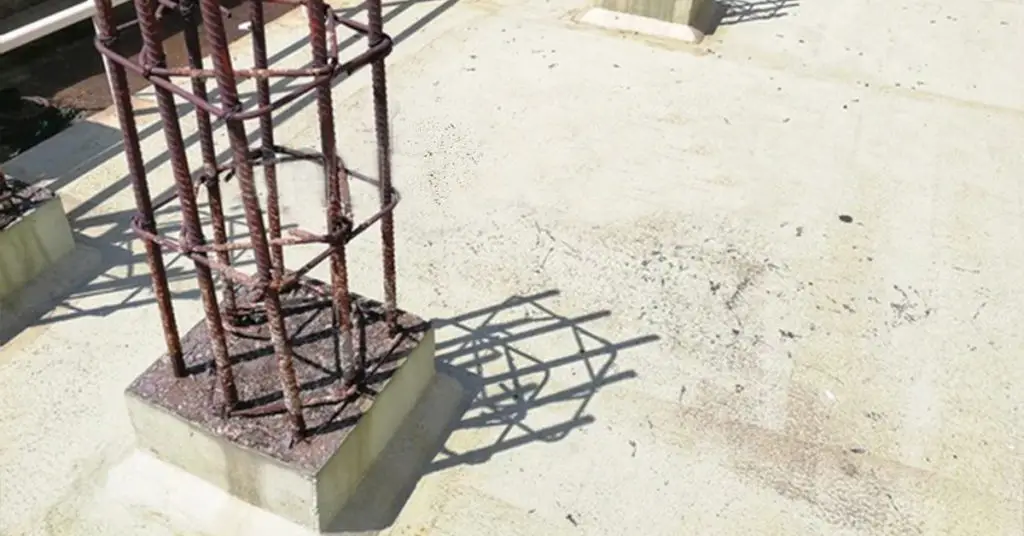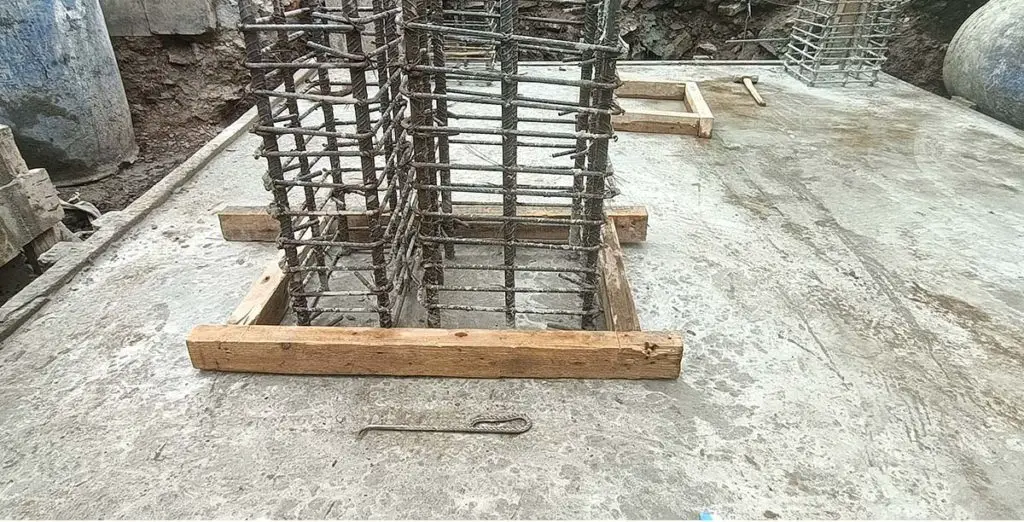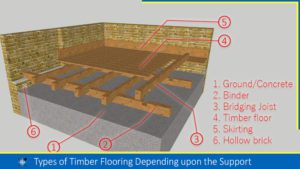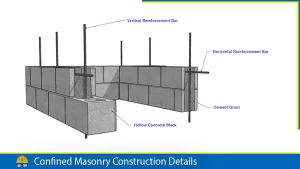A column is an upright component within a structure that serves as a crucial load-bearing element, responsible for transferring loads to the underlying substructure. The construction process of a column begins with the casting of concrete kickers. This article will provide an overview of concrete kickers and their significance in construction.
What are Concrete Column Kickers?
Concrete column kickers are step-like components that are used for starting the casting columns and walls. They are also known as column starters or concrete kickers. The column kicker is constructed using cement concrete as the primary material. However, it is essential to ensure that the concrete used for the kicker is of the same quality (especially mix design or grade or concrete ratio) as the concrete for the column itself. Maintaining consistency in the concrete for the kicker is crucial for the structural integrity and unifying the material composition of the kicker and column itself in the future.
They are constructed for initiating the casting of columns by making it convenient to fix formwork. For casting columns on a flat surface (floor, slab and footing) it becomes difficult to keep formwork in place during the concreting. Thus, this is corrected by constructing a column kicker which provides support for the formwork at the base. The concrete kicker is also used in wall construction to perform the same function as mentioned above.

Size of concrete Column Starter
The concrete column kicker should be between 50 – 150 mm ( 2 to 6 inch) thick. The thickness should be adequately provided to hold the formwork in the future before actual concrete works begin for columns or walls. The width and length of the column kicker should be as same as the column and wall itself.

Materials for Column and Wall Starter
The concrete starter plays a crucial role in the eventual composition of the main component. It is essential that the material used for the starter aligns with the material intended for casting the column and wall. Nevertheless, it is recommended to maintain a rough surface to facilitate bonding with the upcoming layer of fresh concrete.
Advantages of Column Starters
- Alignment and Precision:
Column starters can assist in ensuring accurate alignment and placement of columns. They provide a reference point for the construction team to start building the column in the correct position.
- Ease of Construction:
By providing a designated point for column placement, column starters simplify the construction process. Workers can easily identify where each column should be located, reducing the likelihood of errors.
- Formwork Support:
The initial layer of concrete in the form of a column starter provides support to the formwork, helping it maintain its shape and stability during the pouring of the main concrete. This is particularly important for achieving a consistent and uniform column shape.
- Diemsion:
This enables the maintenance of the required dimension of the columns and concrete walls as per the design. This is due to the casting of kickers with specified dimensions and the formwork is prepared along it.
- Clear cover:
Helps in maintaining cover to the columns and walls.
- Minimize Errors:
It helps in mitigating casting errors that could otherwise result in the misalignment and improper placement of columns and walls.
- Visual Reference:
The column starter serves as a visual reference point for construction workers. It helps ensure that the column is placed exactly where it is intended, reducing the likelihood of errors in the final positioning.
Also, read: What Is Formwork?: Design Consideration Of Formwork
Disadvantages of Column Kicker
- Preparing the same grade of concrete for smaller works is a waste of resources and energy.
- Compaction of the concrete is difficult due to the small quantity.
- A small formwork is required to prepare which contributes to the waste of materials and time.
- The accuracy of the formwork is very important. A little error in the construction could reflect the construction of the whole element.
- The time taken for casting a single kicker is minimal but the overall time consumed by every column kicker is magnified in larger-scale works.
- Overall work is difficult for unskilled labour and needs close supervision by the engineer and supervisor.
Alternative to Kicker
Due to the disadvantages and construction difficulties, the construction of kickers is avoided. Instead of constructing the kicker, plywood is fixed around the area of the column. Then the formwork is fixed to the plywood. The plywood fixed to the floor concrete is used as the guide to the formwork fixing.
The use of this method avoids the majority of construction errors. Proper setting out an inspection of the formwork after fixing avoid errors in the construction. Further, as usual, we are doing, formwork shall be checked after the concrete to know whether any deviations are not acceptable.
Also, read: Shuttering/Formwork For Structure Members For Building Construction
Important Points for Concrete Column Kickers
Before you leave for work to cast the kicker, there are some important points to be kept in mind. The construction of kickers or starters shall be done carefully and mindfully as that of other components of buildings. As the column kickers play a very important role during the casting of the column supervising is necessary.
- The size shall be as same as that of the column and the depth is taken between 50-150mm thick.
- The grade of concrete for the kicker shall be as same as that of the column.
- The concrete kicker shall be adequately rough at the top surface for proper bonding.
- The centre line of the layout shall pass through the centre of the column kicker or otherwise as specified in the drawing or as per the instruction passed by the engineer.
Also, read: Column Failure: Causes | Types | Prevention
FAQs:
Q: Why column kickers are provided?
Ans: They are provided to ease out the fixing of the formwork for the required dimensions of columns or walls.
Q: What should be the dimension of the column kickers?
Ans: The column kickers are provided with a thickness of 50 – 150 mm thick and length and width are provided equal to the columns or walls’ dimensions.
Q: What should be the materials for the concrete kicker?
Ans: The materials for the concrete kicker should be as same as that of the concrete or wall as to integrity and unifying the material composition for the main element.
References:
- H.I. Madeh ( 2021, February 3), what is column kicker? Its formworks, Application and Advantages: Video included https://theconstructor.org/concrete/column-kicker-formworks-application-advantages/21193/
![]()







